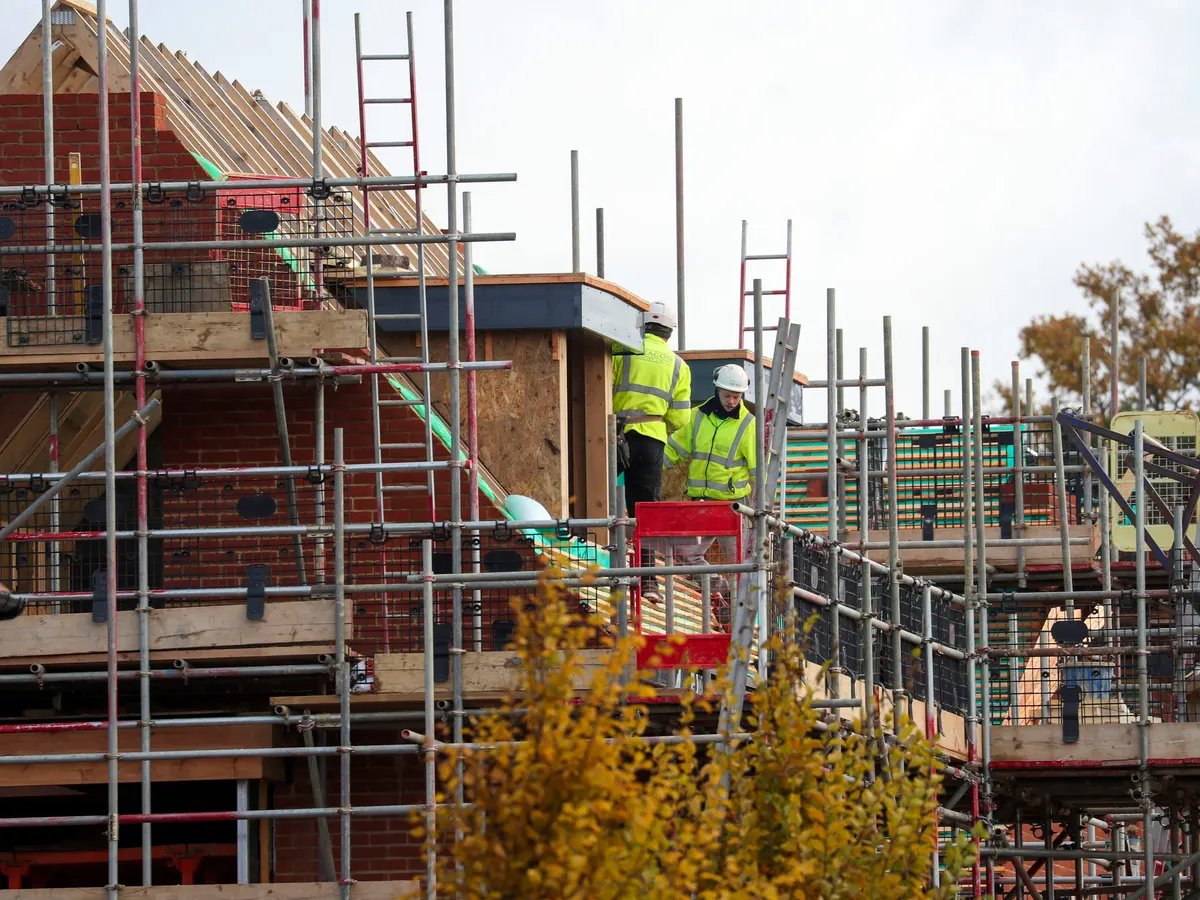Building a smart home on a budget? Absolutely doable, even if you’re not looking to sink hundreds of pounds into it. With the right devices, a bit of patience, and some clever planning, you can set up a convenient, connected home that doesn’t break the bank. Let’s walk through some affordable options, what you really need, and a few tips to keep your costs down.
Lottomart, home to popular slot games like Gold Cash Free Spins, explores a range of smart technologies you can bring into your home to enhance your quality of life.
1. Start Small: Focus on Key Areas
First off, don’t try to overhaul everything at once. Focus on the essentials that will add value straight away – lighting, security, and maybe one or two convenience gadgets. These are the areas where small changes can make a big difference in how connected your home feels. Plus, once you get comfortable with the setup, you can always expand and add on.
2. Smart Lighting: Energy Efficiency on a Budget
Smart lighting is one of the easiest (and most affordable) ways to add some “smart” to your home. Swapping out a few bulbs with smart bulbs allows you to control the lights from your phone or voice assistant. In the UK, some solid budget-friendly options include:
- Philips Hue White Ambiance Bulbs: Slightly pricier than standard bulbs but often on sale. You can control brightness, set schedules, and use voice commands with Alexa, Google, or Apple’s HomeKit.
- TP-Link Kasa Smart Bulbs: These tend to be very affordable and connect straight to Wi-Fi – no hub required. They offer great brightness and reliability for the price.
By setting routines, like dimming lights at night or turning them off when you leave, you’ll save on energy bills, too.
3. Smart Plugs: Easy, Affordable Control
Smart plugs are brilliant if you want control over devices without replacing them. With a smart plug, you can switch things like lamps, fans, or even your kettle on and off from your phone or a smart speaker.
Options like the Amazon Smart Plug or TP-Link Kasa Smart Plugs are often affordable and work well with Alexa or Google Assistant. Just plug them in, connect to Wi-Fi, and you’re good to go.
4. Affordable Security: Cameras, Sensors & Doorbells
Home security can seem like a big investment, but you don’t have to go overboard. Basic security features are available at reasonable prices if you know where to look. For example:
- Ring Video Doorbell (Wired): Among the more affordable video doorbells, Ring’s basic model lets you see who’s at the door, even when you’re not home. The wired model is cheaper than the battery-powered ones, though you may need to get a bit handy with the installation.
- Wyze Cam v3: Though it’s more popular in the US, Wyze is slowly expanding availability in the UK. This affordable camera has night vision and motion detection and even works outdoors if you want a view of your garden or porch.
Look out for bundle deals or even refurbished options. Many manufacturers offer these devices for less when you buy two or more.
5. Choose a Central Hub (If Needed)
Some devices, especially cheaper ones, don’t require a hub at all. But if you start adding more, it’s worth considering a central system for better control. Amazon’s Echo Dot or Google Nest Mini is an affordable way to introduce voice control into your setup without needing a separate smart home hub. They can control compatible lights, plugs, and more with just a voice command. Both are often available for around £30 (or even less during sales).
If you plan to go deeper into the smart home ecosystem, especially if you want things like Zigbee sensors, then consider something like the Amazon Echo with Zigbee or the Samsung SmartThings Hub. However, these can sometimes add to your initial costs.
6. DIY Automation with IFTTT
One way to maximise your budget is by using free services like IFTTT (If This Then That). This app allows you to connect multiple devices and create custom automation without needing a complex system. For example, you could set up an automation like, “If I leave the house, turn off all lights,” or “When it’s raining, get a weather alert on my phone.” It’s like having a virtual butler minus the cost.
7. Thermostats: Save on Heating Costs
Heating costs can be high, especially in the winter months, so investing in a smart thermostat is a win-win. While some options like Nest or Hive are pricier upfront, they often pay for themselves in a year or two by helping you save on your heating bill.
Smart thermostats can “learn” your schedule, so they’ll only heat the house when you’re actually home. Plus, if you’re out unexpectedly late, you can adjust the temperature from your phone, and there will be no more heating an empty house.
Wrapping It Up: Smart Homes for Less
Building a smart home doesn’t mean you need to invest a fortune. Starting small and focusing on a few key areas can already make life easier and more energy-efficient. With affordable options like smart plugs, budget-friendly security, and DIY automation, you’ll be surprised how much you can do for less.







